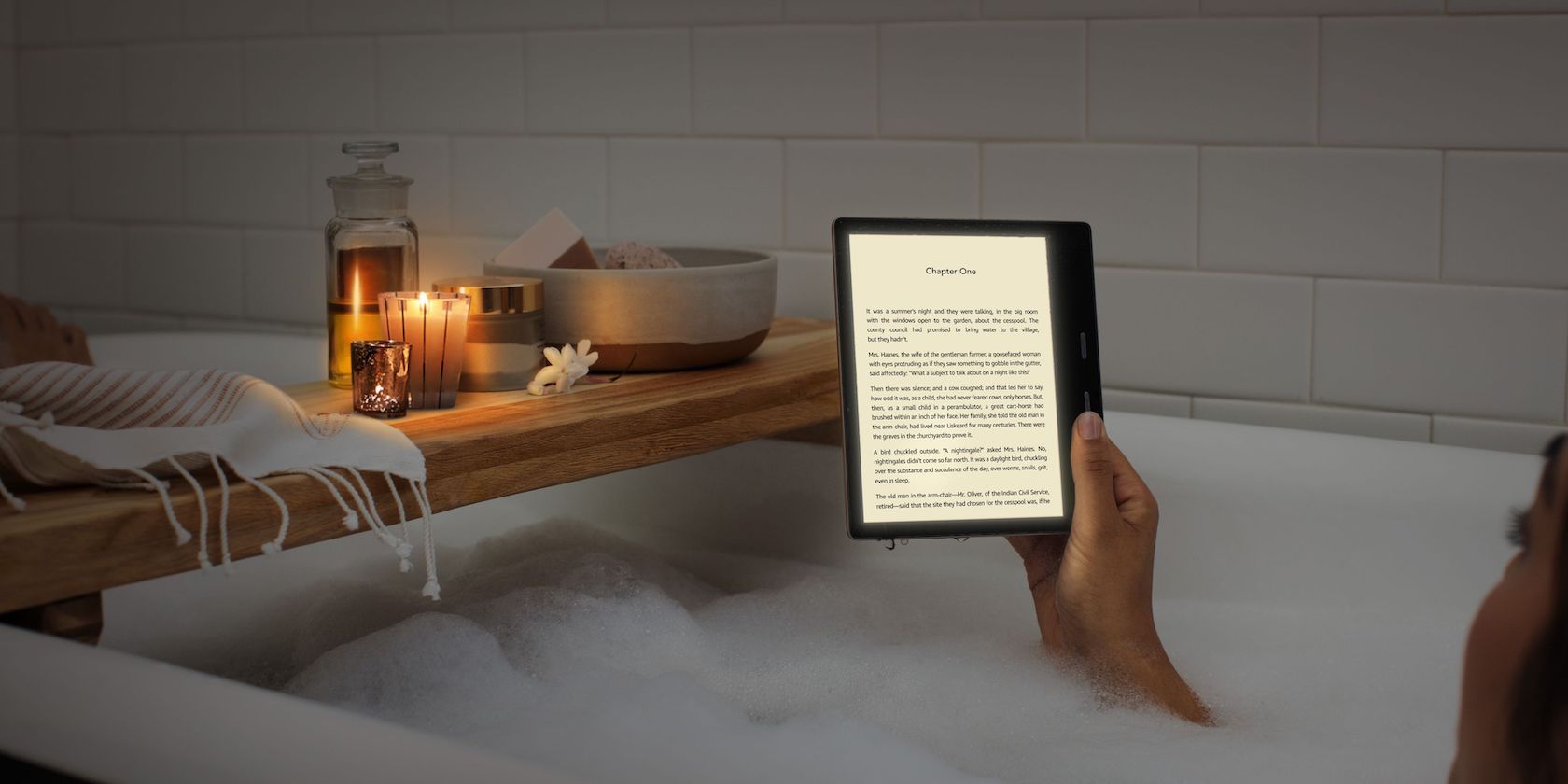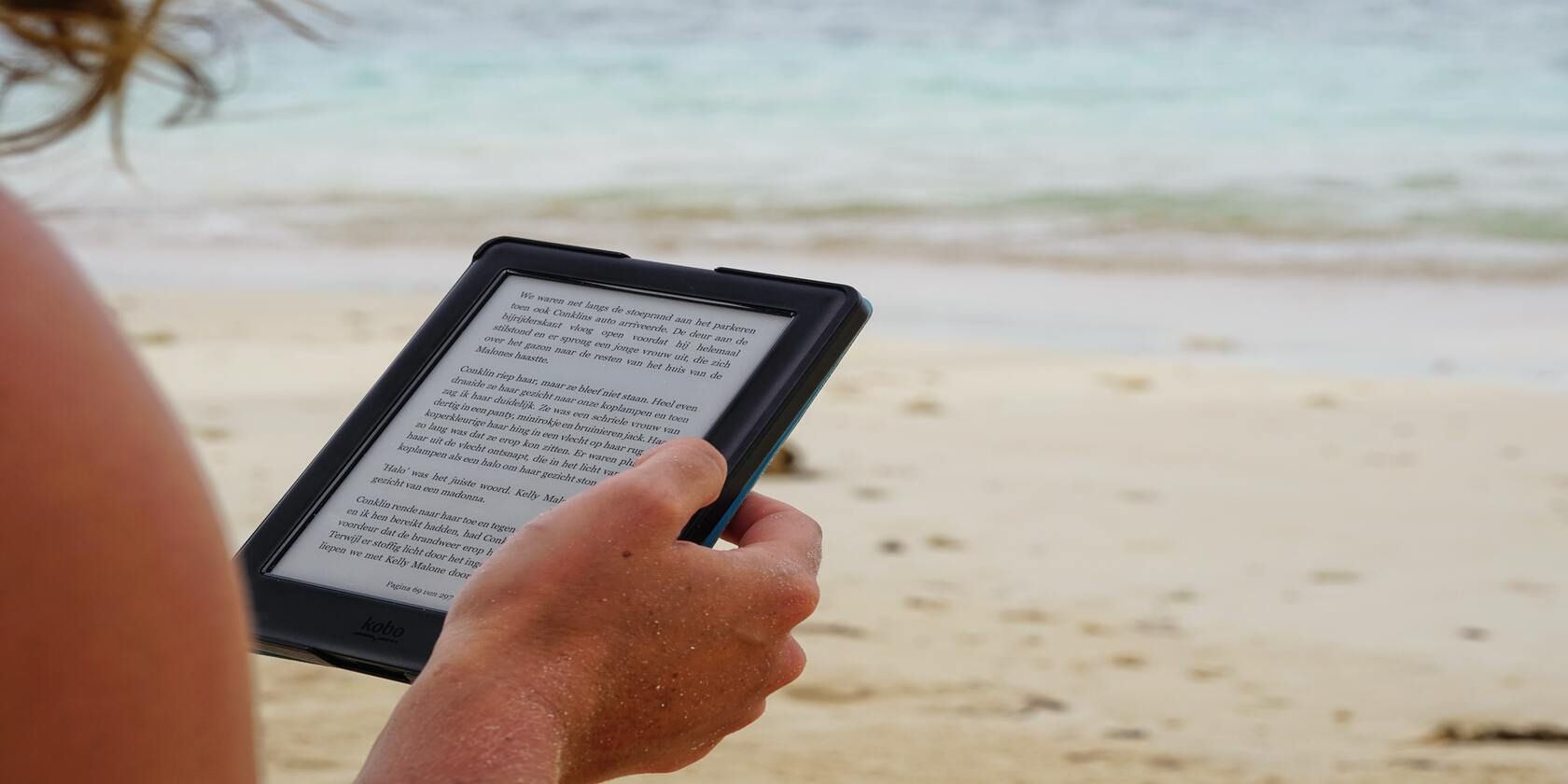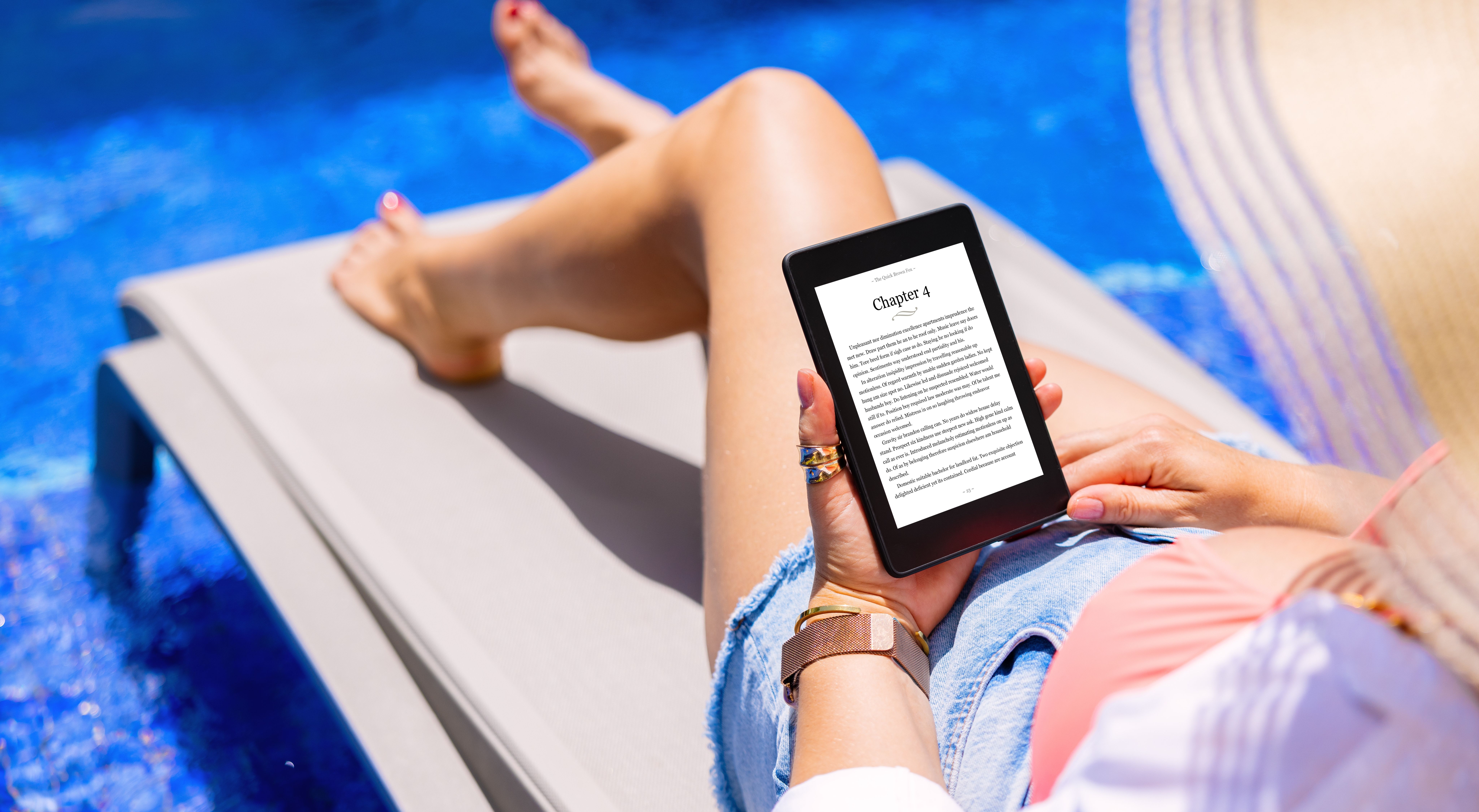Everyone knows that paper books and water don't mix, but what about a Kindle e-reader? While your Kindle may not get crinkly pages when dropped in water, depending on your model, you could be looking at an even more expensive mistake. In this article, we'll cover what you should do if you get your waterproof Kindle wet, plus what to do if your Kindle isn't waterproof. We'll also give you some tips to help you protect your Kindle if you plan to use it on the water.
Is Your Kindle Waterproof?
Now you might be thinking of skipping this article if you own one of the waterproof Kindle models - but we urge you not to. First and foremost, are you sure your Kindle model is waterproof? The Kindle Oasis only became waterproof in its second iteration, and the Kindle Paperwhite has only been waterproof since its fourth iteration. We've written another article to help you determine if your Kindle is waterproof, so check that out if you're not completely sure.
Secondly, and perhaps most importantly, even the waterproof Kindle models with an IPX8 rating need some aftercare if they get wet. Without the proper care and maintenance, your waterproof Kindle can still end up broken, especially if it's dropped into salt water or bathwater. Amazon's help page has instructions for what to do if your waterproof Kindle gets wet.
How to Dry Out Your Waterproof Kindle
So you've dropped your Kindle in the water—what do you do? The good news is, if you have a waterproof Kindle with an IPX8 rating, it's got a very good chance of survival. An IPX8 rating means that your Kindle can survive full submersion in fresh water for up to 60 minutes at a depth of up to two meters. It can also withstand full submersion in salt water, but only for three minutes and at a shallow depth of 0.25 meters. An IPX8 rating doesn't make your Kindle waterproof against high-pressure water or very hot water.
What to Do if Your Waterproof Kindle Is Splashed With Water
If your Kindle is splashed with water but hasn't been fully submerged, then all you need to do is give it a quick wipe-over with a soft dry cloth. If your Kindle's charging port is wet or has been fully submerged in water, even for a second, then read on.
What to Do if Your Waterproof Kindle Is Fully Submerged in Water
If your Kindle ends up fully underwater, even for a short time, then here's what you need to do:
- Remove your Kindle's case if it has one.
- If you dropped your Kindle in salt water, chlorinated water, or soapy water, you need to rinse it with fresh water before drying it out. Saltwater, heavily chlorinated pool water, and soapy bathwater can damage your Kindle further. It may seem strange, but the best way to rinse your Kindle is by running it under cold tap water or pouring cold bottled water over it. If you dropped your Kindle in fresh water, then skip this step.
- Give your Kindle a wipe-over with a soft cloth to remove surface water from the screen and housing.
- Stand your Kindle up to allow any water inside to drain out through the micro-USB port.
- Leave your Kindle to air-dry in this standing position until fully dry. This can take several hours.
Do not attempt to charge your Kindle until it is fully dry. While you may want to accelerate the drying process, don't use a hairdryer on your device or insert anything into the charging port. Let time dry your waterproof Kindle, and all should be well.
What to Do if Your Kindle Isn’t Waterproof
If your Kindle isn't waterproof and you've dropped it in water, don't give up hope just yet. Follow the same instructions as above but with a couple of changes.
- Don't rinse your Kindle. If your Kindle isn't waterproof, then any additional exposure to water will be more harmful than the exposure it has already gotten to chlorine, salt water, or soapy water. Wipe it with a lightly damp cloth and then proceed to the next step.
- Stand your Kindle up to allow internal water to drain from the USB port, but as soon as possible, you should transfer your device to a container filled with dry uncooked rice or a desiccant. This will draw excess water out of your device more efficiently and will help to dry your device's USB port and internals.
After an overnight stay in a container of dry rice or a desiccant, you can now attempt to turn your Kindle back on or charge it. Depending on how long your Kindle was in the water, you may have success, or you may not. If your Kindle still doesn't work, then take it to a professional, and they may still be able to fix it. If poolside reading is something you do regularly, then it may be time to consider upgrading your Kindle to a newer model with an IP rating.
Can You Make a Kindle Waterproof?
If you want to use your Kindle around water, it's best to take additional precautions. Here are a couple of things you can do to protect your Kindle if you're going to use it in a risky situation on the water.
- Buy a waterproof dry-bag case While a Kindle case or sleeve may offer protection from knocks and scuffs, a dry-bag case is an affordable way to protect your electronics from water. Simply zip it up, and your device may as well have an IPX8 rating. Make sure that your dry-bag case is properly closed before using it, and while some claim to be waterproof up to 100 feet, we'd air on the side of caution. A dry bag case can also be useful for waterproof Kindle models as it will save you from having to dry your Kindle out before charging it.
- Use USB-C port covers Waterproof model or not, the USB charging port of your Kindle is a big Achilles heel because it allows water inside the device. Consider using a USB port cover to slow down water getting into your Kindle and reduce the drying time. These little rubber covers won't make your non-waterproof Kindle waterproof, but they could reduce the damage caused if it gets wet.
Reading on the Go Just Got Easier
So there you have it. Whether you have a waterproof Kindle or not, you now know what to do if you get it wet and how you can protect it further if you plan to use it in the water. Just remember: never charge your Kindle if it's wet, and prevention is the best form of protection. While waterproof Kindle's may be safer to use around the pool or in the bath, they're not immune to water damage completely, so use them carefully and clean them thoroughly.



